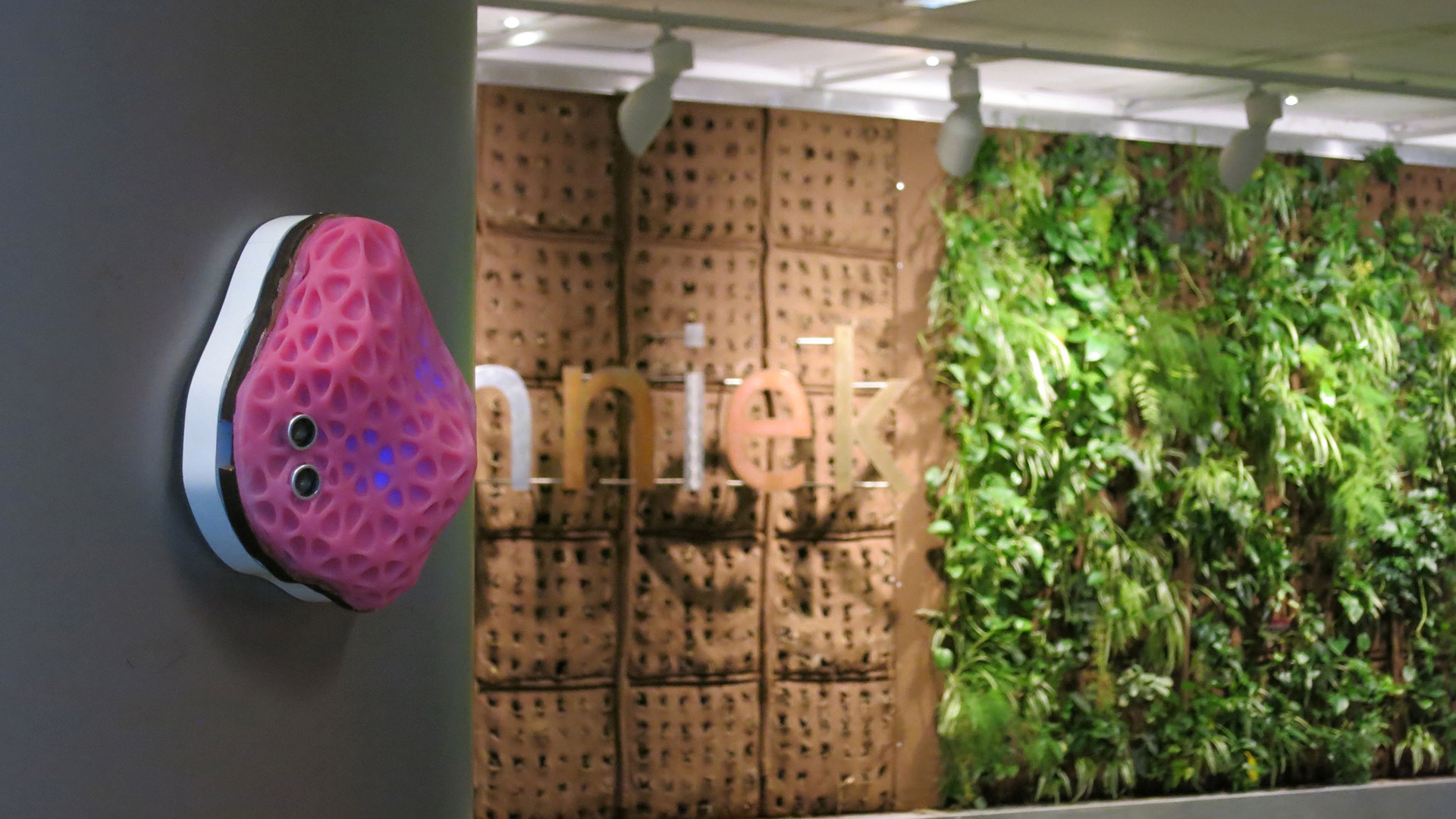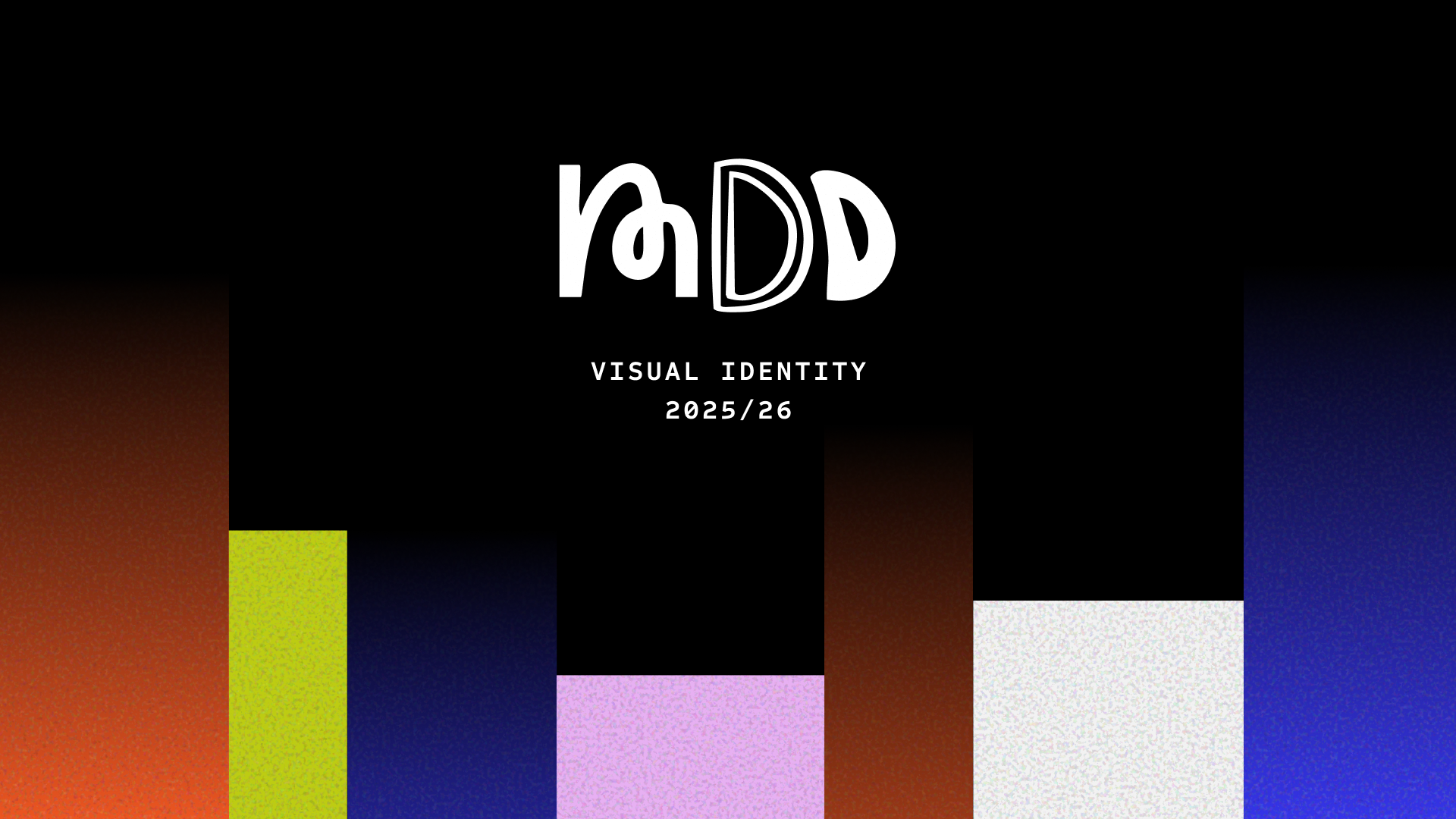Smart assistants. Inspiration and fears
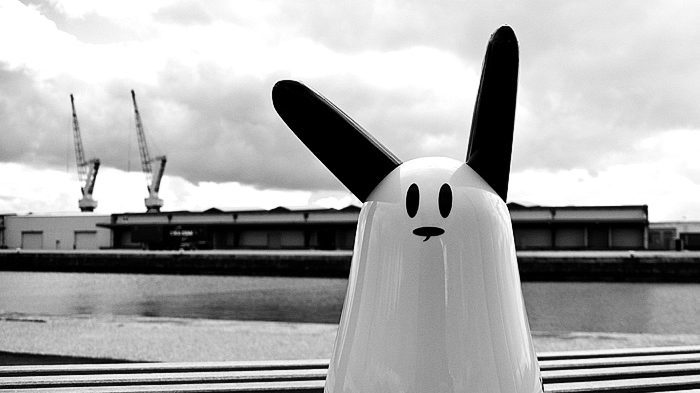
Speaking to a computer instead of typing on a keyboard is an idea that has been around for decades. At first, only fictional computers like HAL 9000 from Kubrik’s “2001 A Space Odissey” could speak, but from the 1980s a number of research labs worldwide have been developing “Voice User Interfaces”.
In 1986, Jakob Nielsen, the famous researcher in usability, “asked a group of 57 computer professionals to predict the biggest change in user interfaces by the year 2000. The top answer was speech I/O, which got twice as many votes as graphical user interfaces.” It took a decade more than predicted, but in 2011 Apple Siri has arguably brought voice interfaces and smart assistants one step closer to mainstream adoption, followed closely by Amazon Alexa, Google Assistant, Microsoft Cortana, and Samsung Bixby.
In the first semester of the Master in Digital Design, we have been thinking often about voice-activated interactions. Here are some of the products and ideas that have inspired (and, in one case, scared) our students and lecturers.
Aristotle (Mattel)
Aristotle should have been a voice-activated virtual assistant, similar to Alexa or Siri, marketed by the toy company Mattel specifically to the parents of children and teens. Similar in shape to the Google Home smart speaker, Aristotle was designed to be placed in children’s rooms and run a variety of apps - from a baby monitor for toddlers, to storytelling and edutainment as the child grows. But the public protested and menaced to boycott the device, and Mattel cancelled it before launch. “The decision came after child advocacy groups, lawmakers and parents raised concerns about the impact the artificial intelligence device could have had on children’s privacy, development and well-being” writes Rachel Peachman on the New York Times.
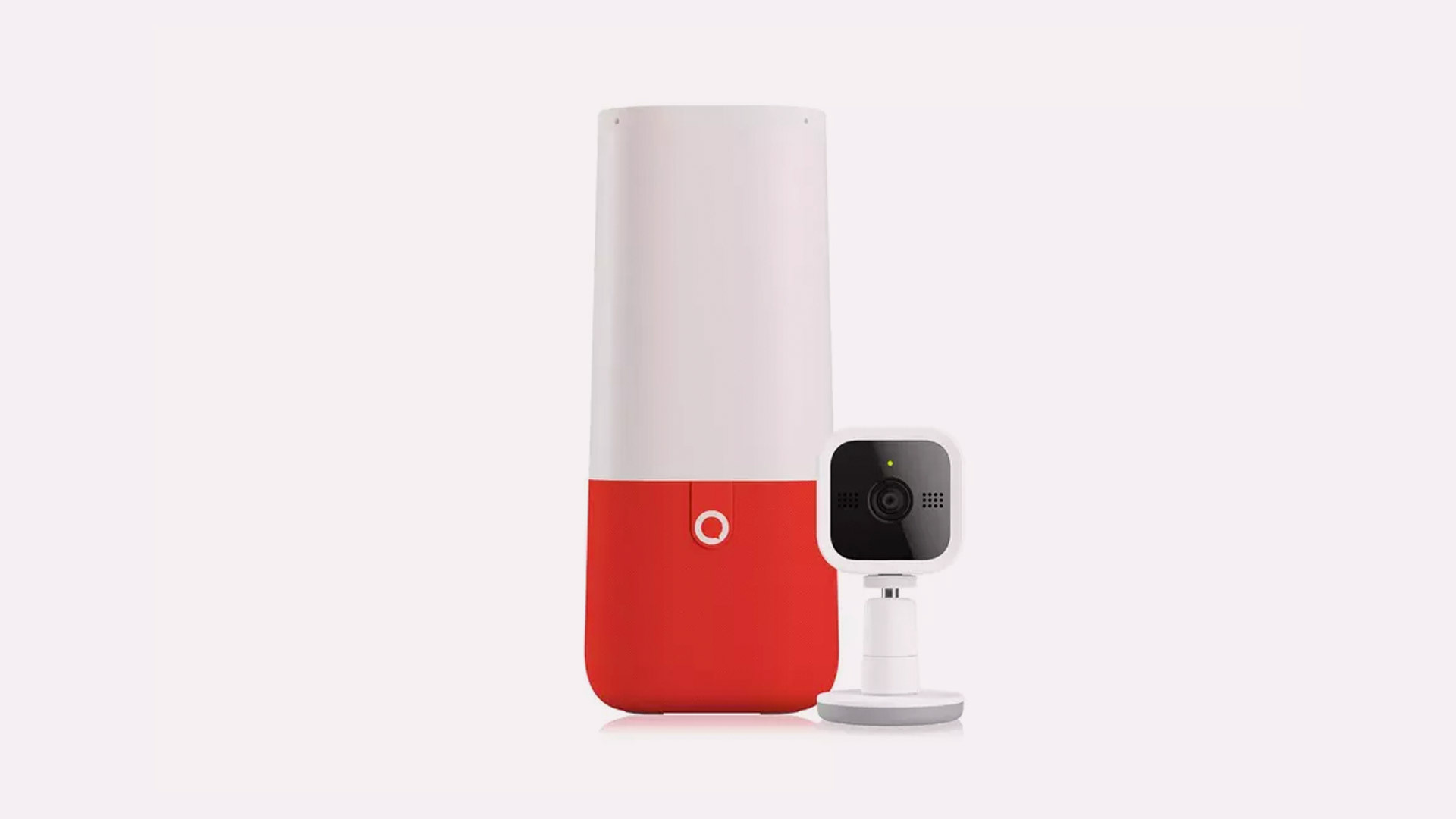
The Inspection Chamber (BBC)
What if your Alexa could tell you a story? And what if you could change its course by talking to it? The researchers at BBC UK call it “conversational radio”: their new app “The Inspection Chamber” brings radio-dramas to the Amazon Alexa and puts a new, interactive twist on this old genre. It can be downloaded for free, and the product page describes: “The Inspection Chamber is an interactive science fiction comedy story inspired by Douglas Adams, Franz Kafka and Portal. You play a part in the story using your own voice - you might even be the last thing the scientists ever have to identify before they get to go home.”
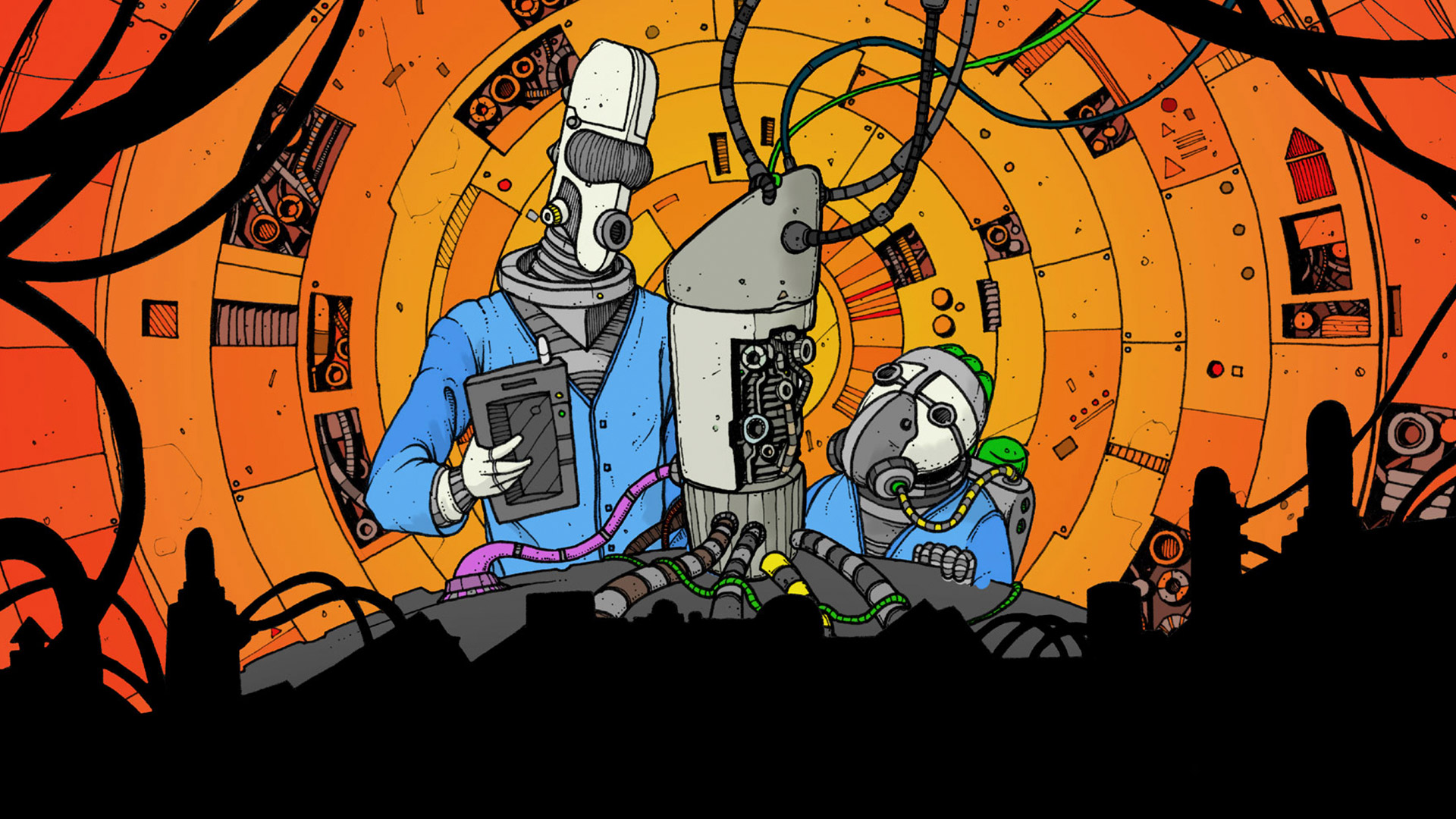
Attentionware
What if Alexa, Cortana, Bixby and Siri became jealous of one another? “Attentionware” is a student project from the M.Sc. Digital Design that explores this concept. As part of the Creation / Interaction Engineering track, Chantal Ramzy, Genevieve Korte, Jouke Zult, Konstantinos Partheniadis, Monica Vogels, and Pinar Kesenci created four modular Internet-of-Thing devices that “gossip” with one another, try to catch the user’ attention, and protest loudly when left for another one. This was not only a technical demonstration (although, admittedly, everyone learned something new!) but also a sort of experiment: how would users feel if their Siri became too needy? Creating these “design fictions”, fantastic scenarios that exaggerate some technological components, are useful to put future possibilities into focus: we certainly plan to repeat other similar experiments.
